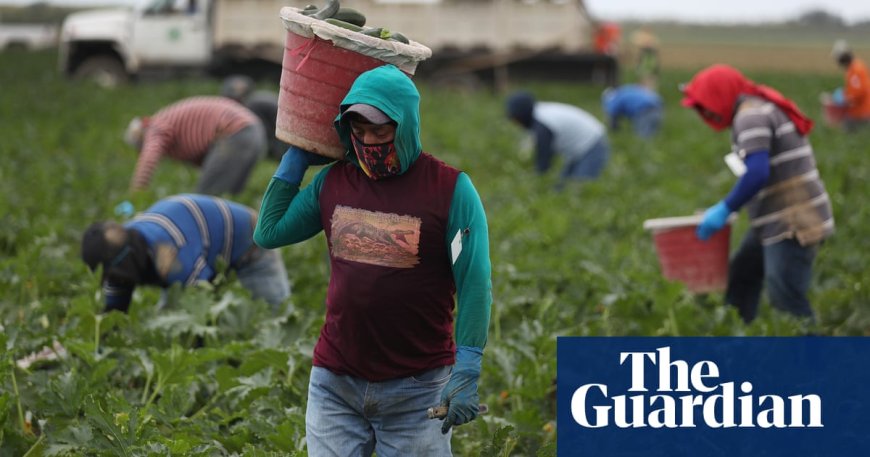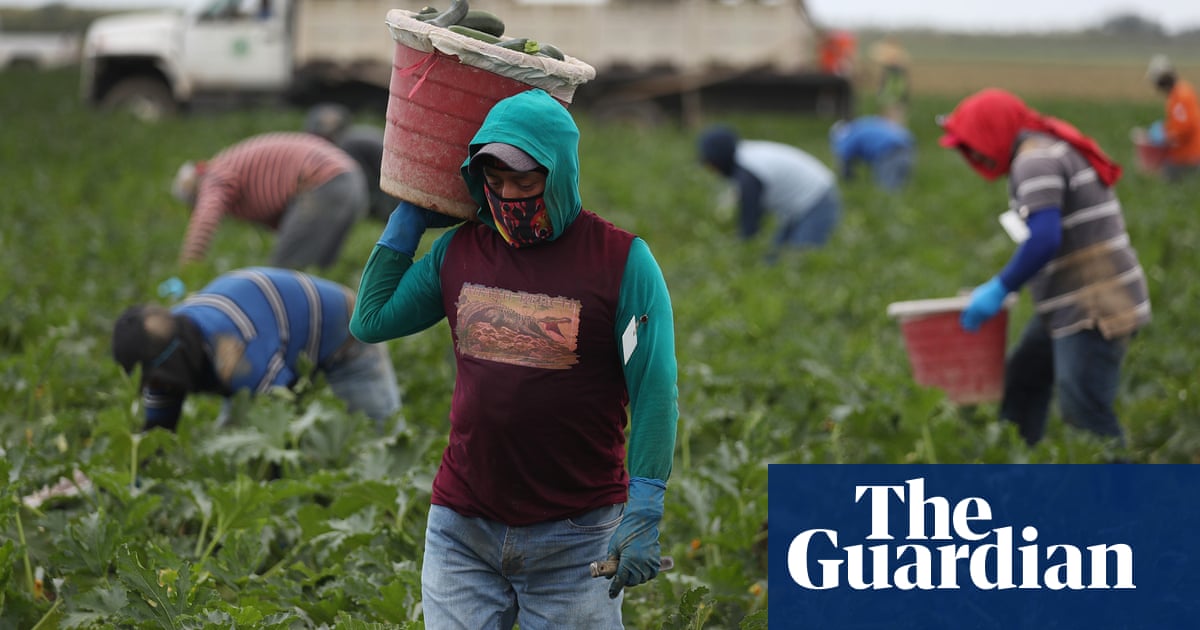Fines for child labor violations would increase under new Democratic bill

Democrats Introduce Let’s Protect Workers Act to Strengthen Labor Laws

Introduction
Democrats have introduced a bill called the Let’s Protect Workers Act, which aims to strengthen labor laws in the United States. The bill proposes increased penalties for employers found guilty of child labor violations, as well as stricter rules around minimum wage, overtime violations, and breaches of health and safety regulations.
Sustainable Development Goals (SDGs)
- Goal 8: Decent Work and Economic Growth
- Goal 10: Reduced Inequalities
- Goal 16: Peace, Justice, and Strong Institutions
Main Provisions of the Let’s Protect Workers Act
- Increased Penalties for Child Labor Violations
- The bill proposes increasing fines for child labor violations from the current maximum of $11,000 per employee to up to $150,000 per employee.
- Fines for violations that cause injury or death of a minor would increase from up to $50,000 to up to $700,000.
- These fines can be doubled for willful or repetitive violations.
- The bill suggests raising fines for wage and hour violations from up to $1,100 per violation to $25,000 per violation.
- These fines can also be doubled for willful or repetitive violations.
- The bill aims to prevent retaliation against workers who exercise their right to take family and medical leave.
- It also seeks to improve oversight of workplace injury records and mine safety.
- Funding for workers affected by black lung would be ensured.
- The bill proposes introducing civil monetary penalties of up to $50,000 per violation for unfair labor practices committed by employers.
- Currently, employers only face back pay and reinstatement of workers for unfair labor practice charges.
Child Labor Violations in the US
The Department of Labor has reported an 88% increase in child labor violations between 2019 and 2023, as some Republican states have relaxed child labor rules. Eight states have already rolled back child labor protections this year.
Importance of the Let’s Protect Workers Act
Robert “Bobby” Scott, the Virginia representative and ranking Democratic member of the Committee on Education and the Workforce, emphasizes the significance of the Let’s Protect Workers Act in ensuring fair compensation and safe working conditions for all Americans. He believes that the bill will hold unethical employers accountable and restore the balance of power between workers and their employers.
Weaknesses in Current Labor Laws
A report published by Robert Scott in April 2024 highlights the ineffectiveness of low or non-existent civil monetary penalties for labor violations committed by employers. The report emphasizes that current fines and penalties are insufficient deterrents, allowing employers to break labor laws without facing significant consequences.
SDGs, Targets, and Indicators Analysis
1. Which SDGs are addressed or connected to the issues highlighted in the article?
- SDG 8: Decent Work and Economic Growth
- SDG 10: Reduced Inequalities
The issues highlighted in the article are related to labor rights, child labor, minimum wage, overtime violations, health and safety rules, and workplace injury records. These issues are directly connected to SDG 8, which aims to promote sustained, inclusive, and sustainable economic growth, full and productive employment, and decent work for all. Additionally, the article also addresses the issue of reduced inequalities, which is a key focus of SDG 10.
2. What specific targets under those SDGs can be identified based on the article’s content?
- Target 8.7: Take immediate and effective measures to eradicate forced labor, end modern slavery and human trafficking, and secure the prohibition and elimination of the worst forms of child labor.
- Target 8.8: Protect labor rights and promote safe and secure working environments for all workers, including migrant workers, in particular women migrants, and those in precarious employment.
- Target 10.4: Adopt policies, especially fiscal, wage, and social protection policies, and progressively achieve greater equality.
The specific targets identified based on the article’s content are related to eradicating child labor (Target 8.7), protecting labor rights and ensuring safe working environments (Target 8.8), and promoting greater equality through policies (Target 10.4).
3. Are there any indicators mentioned or implied in the article that can be used to measure progress towards the identified targets?
- Indicator 8.7.1: Proportion and number of children aged 5-17 years engaged in child labor, by sex and age group.
- Indicator 8.8.1: Frequency rates of fatal and non-fatal occupational injuries, by sex and migrant status.
- Indicator 10.4.1: Labor share of GDP, comprising wages and social protection transfers.
The article mentions child labor violations and the increase in such violations, which can be measured using Indicator 8.7.1. The article also highlights the need to improve workplace safety and mentions workplace injury records, which can be measured using Indicator 8.8.1. In terms of promoting greater equality, the article discusses the issue of minimum wage violations, which can be measured using Indicator 10.4.1.
SDGs, Targets, and Indicators Table
| SDGs | Targets | Indicators |
|---|---|---|
| SDG 8: Decent Work and Economic Growth | Target 8.7: Take immediate and effective measures to eradicate forced labor, end modern slavery and human trafficking, and secure the prohibition and elimination of the worst forms of child labor. | Indicator 8.7.1: Proportion and number of children aged 5-17 years engaged in child labor, by sex and age group. |
| SDG 8: Decent Work and Economic Growth | Target 8.8: Protect labor rights and promote safe and secure working environments for all workers, including migrant workers, in particular women migrants, and those in precarious employment. | Indicator 8.8.1: Frequency rates of fatal and non-fatal occupational injuries, by sex and migrant status. |
| Target 10.4: Adopt policies, especially fiscal, wage, and social protection policies, and progressively achieve greater equality. | Indicator 10.4.1: Labor share of GDP, comprising wages and social protection transfers. |
Source: theguardian.com








